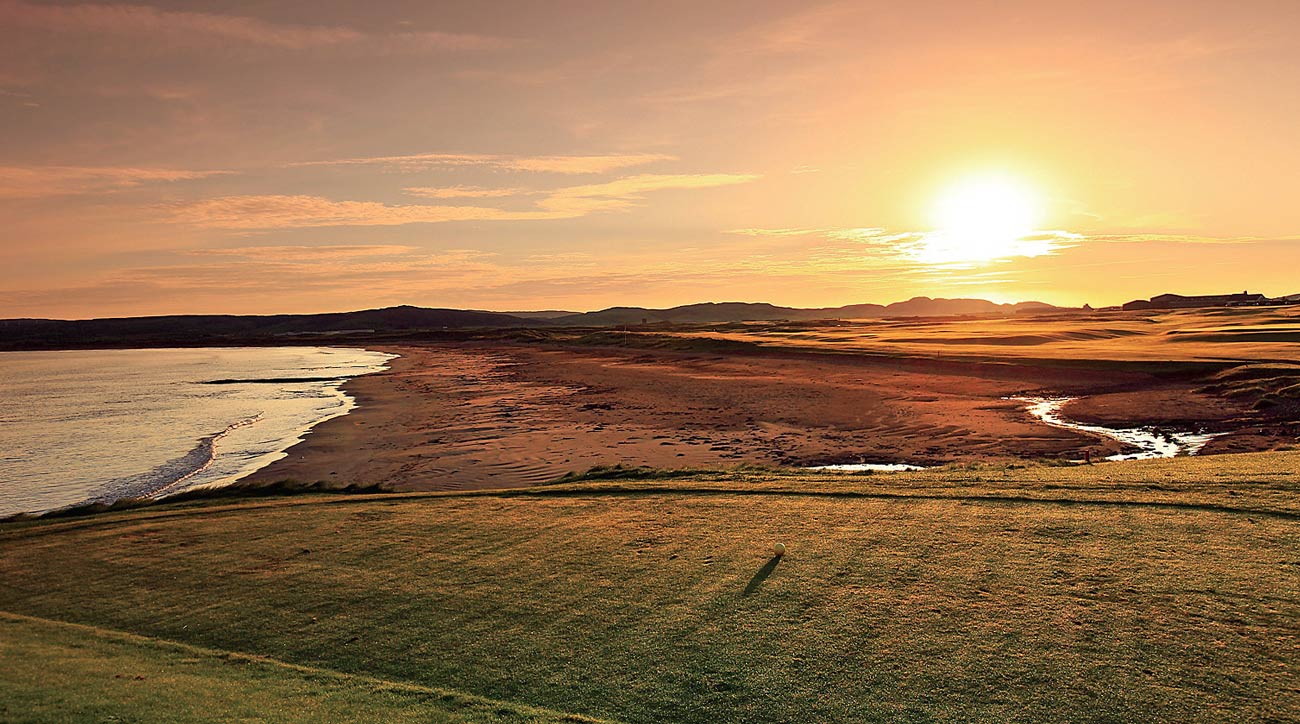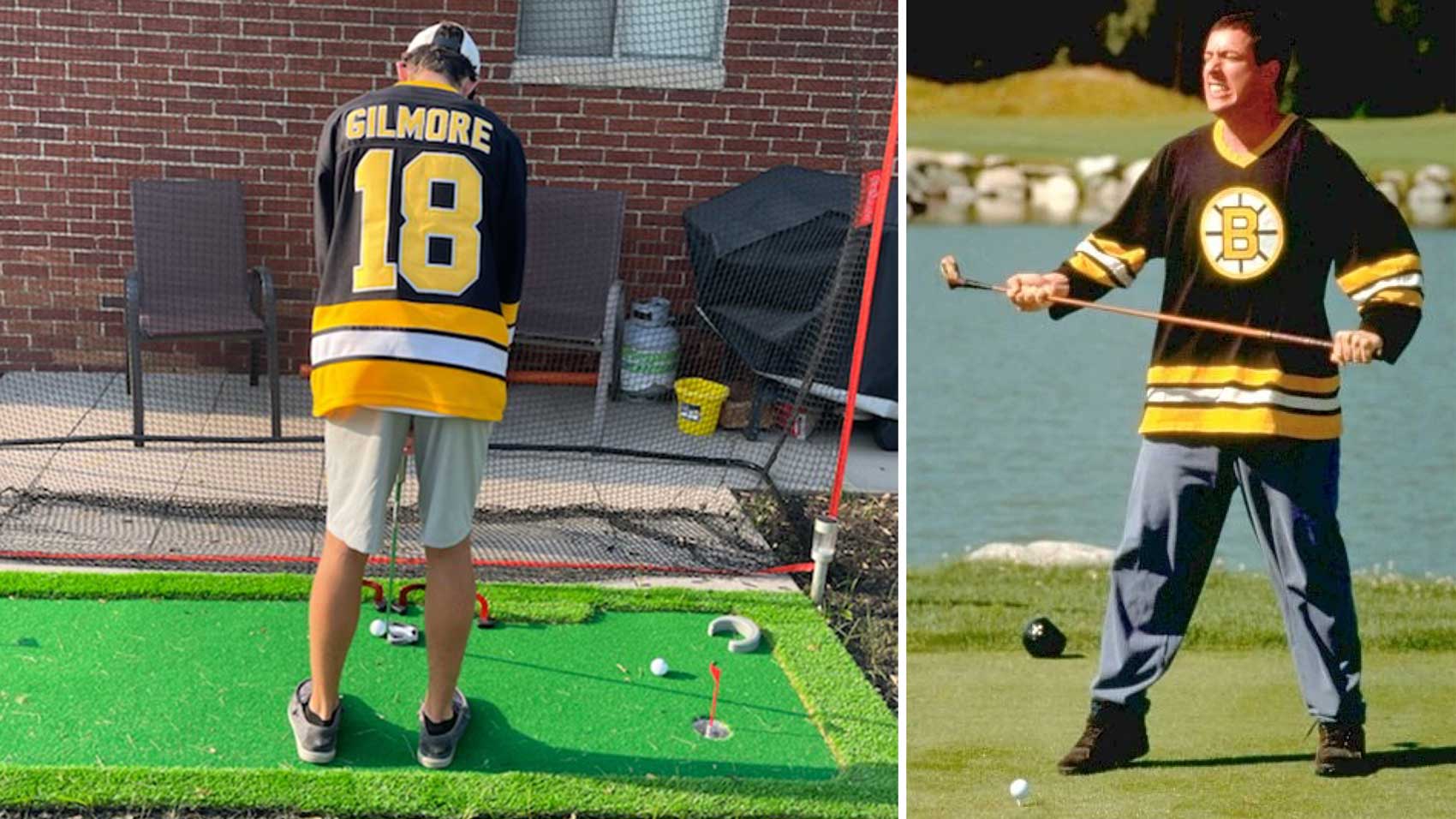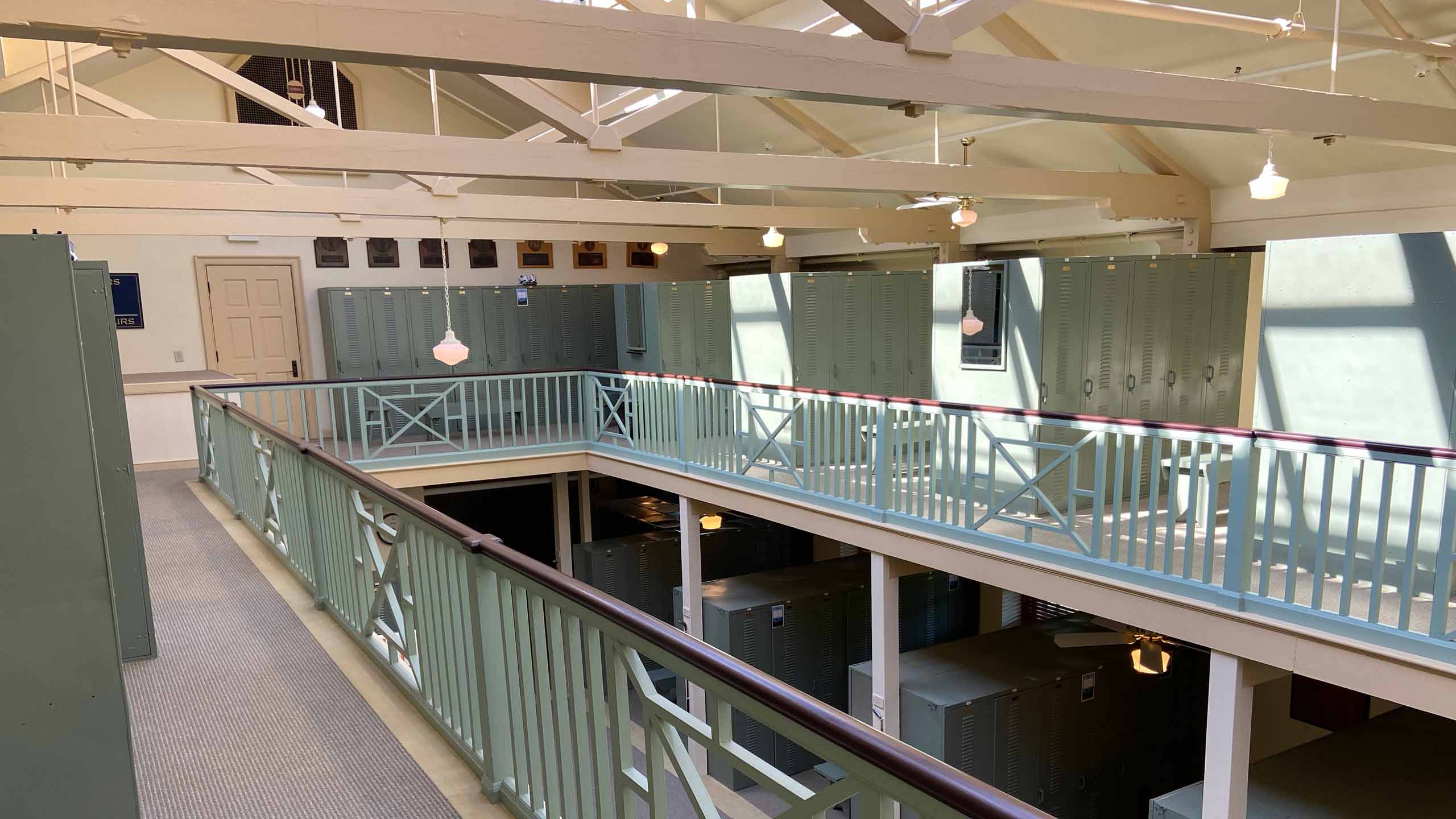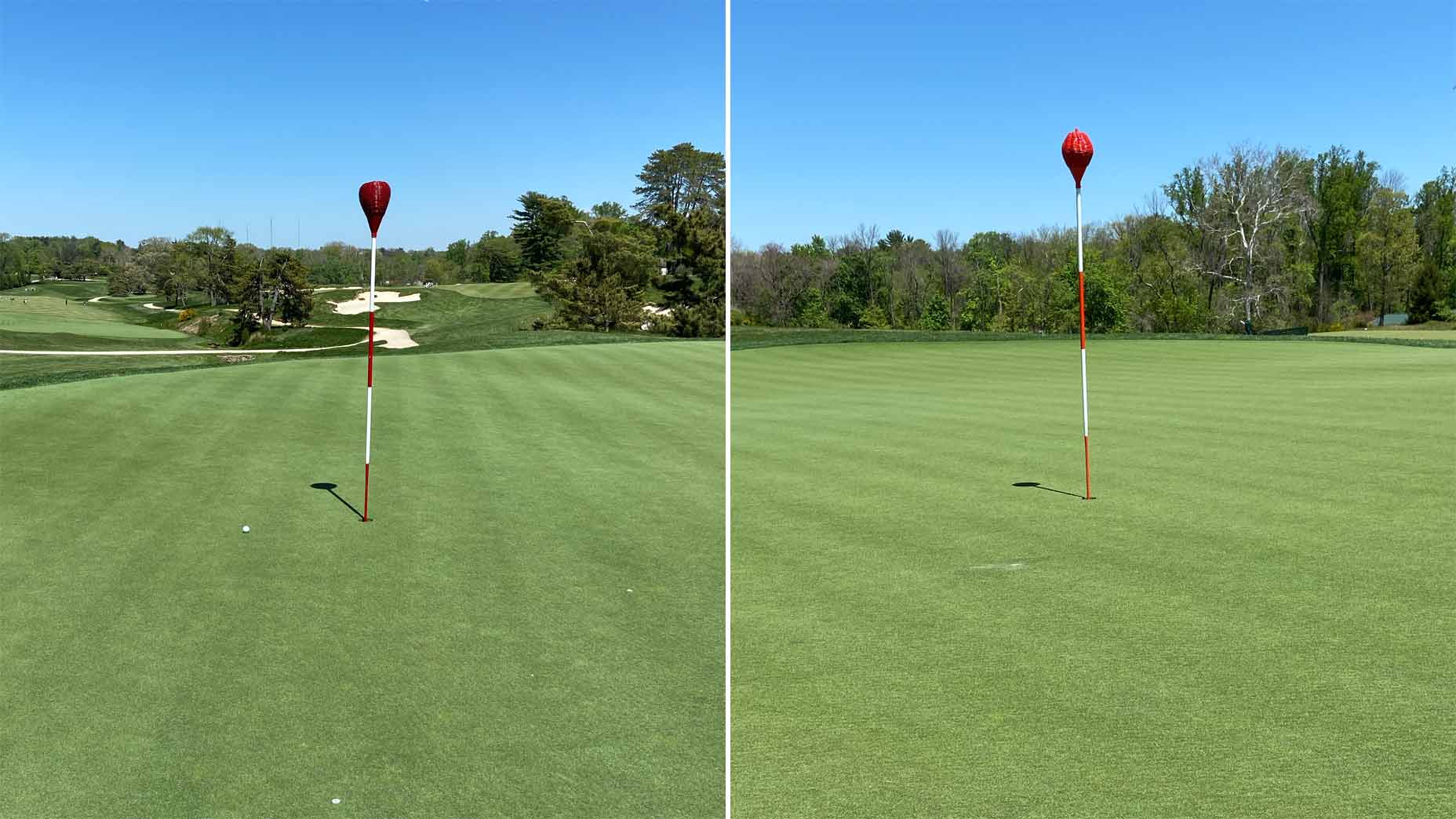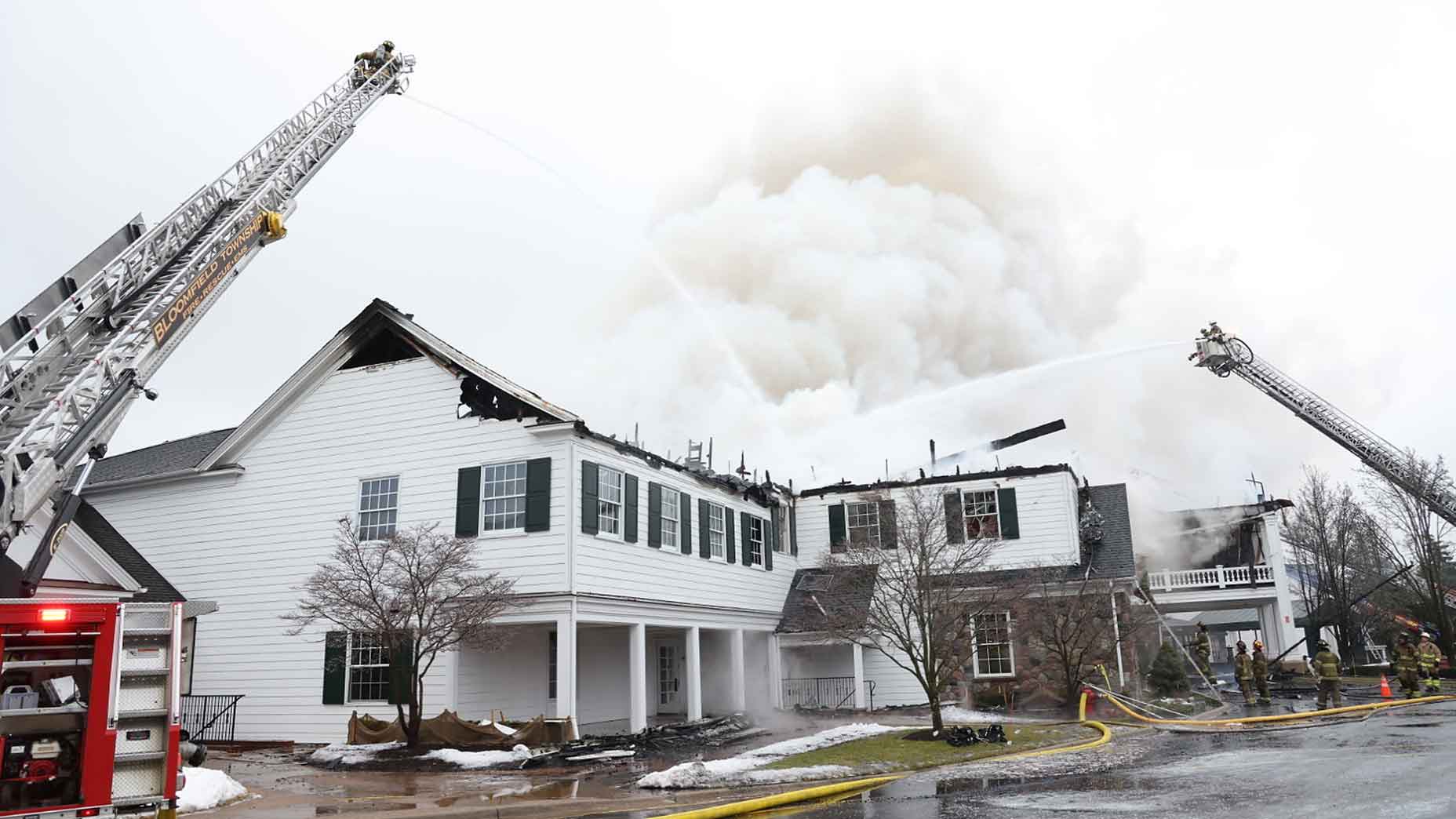For future U.S. Opens, pros should be treated to a true Merion experience
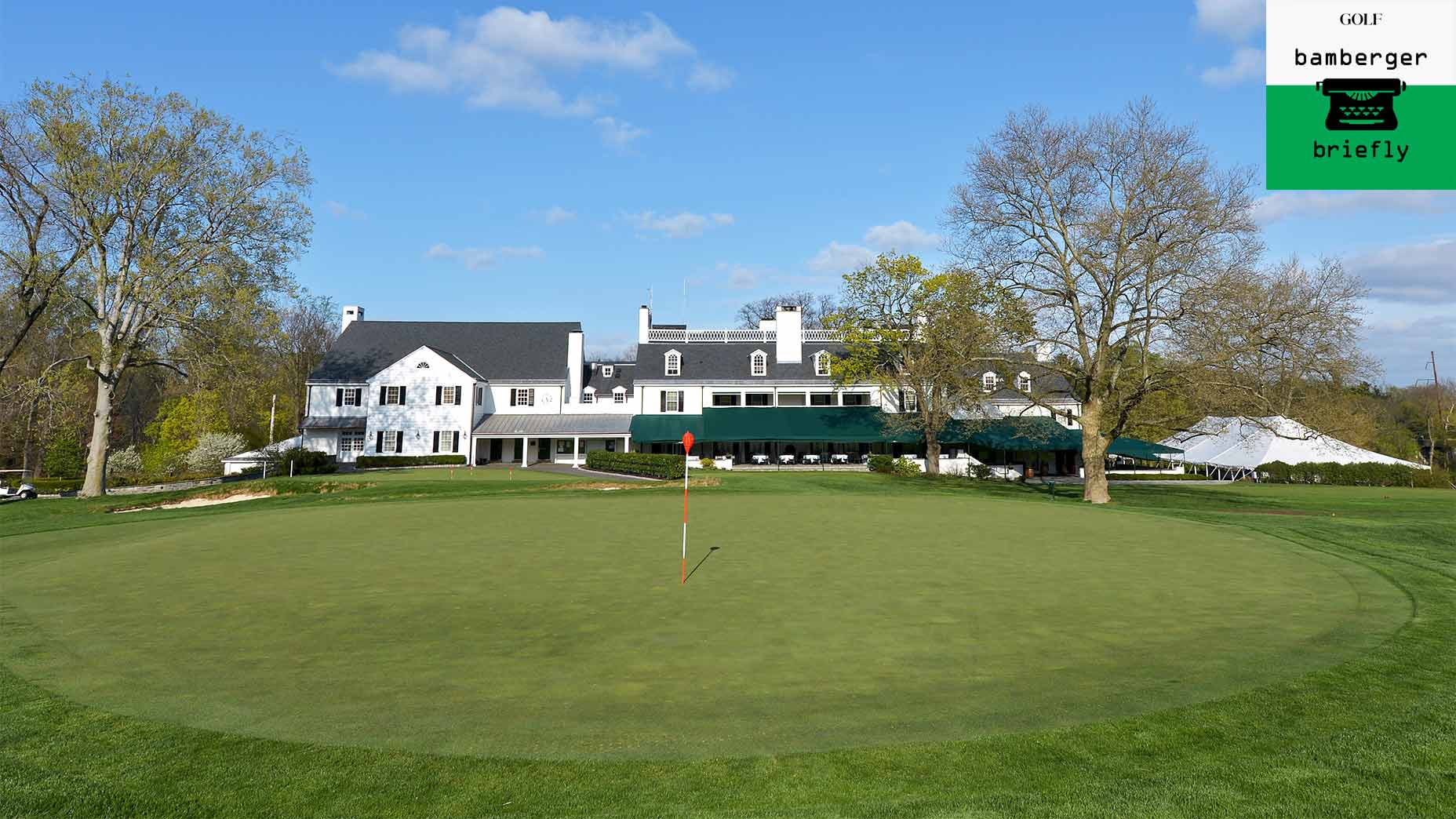
More (lots more) U.S. Opens are headed to Merion.
Getty Images
John Capers III, recipient of the letter below, is the historian at the Merion Golf Club and the winner, over the past 60+ years, of multiple club championships there, in a variety of categories. Capers would order red wicker baskets, the hat on the club’s trademark flagsticks, for an appetizer course, if the club’s dinner menu offered it.
Dear John,
The best news in a long time is that the USGA, in its wisdom, has selected Merion for the 2050 U.S. Open. We all know how prudent the USGA is. The announcement suggests that the ladies and gents in Liberty Corner (formerly known as Far Hills, N.J.) are confident planet Earth will still be spinning 29 years from now, and cool enough for ye olde game to endure.
Here’s hoping.
I’m scheduled to turn 90 that year, and I know you’ll be pushing 110. Let me know if you need a lift to the course. Maybe you can score some clubhouse parking?
It’s kind of freaky, thinking about 2050. Right? You know the origin story better than anyone, since you were there for the launch, Hogan winning the 1950 National Open at Merion, body ravaged, driver and a 2-iron into 18 in the fourth round, the preamble to the two-putt par that got him into a three-man 18-hole playoff. (Or was it a 1-iron?) You probably remember that my friend Fred Anton caddied in that ’50 Open, for Lawson Little. I feel like I was there, I heard the story so often. Never once tired of it.
On a related note, I can remember clearly sitting in Howard Rexford’s sitting room, circa 1987, as he told me about caddying for Bobby Jones when Jones completed the Grand Slam with his Am win at Merion in 1930. Mr. Rexford’s pride in showing me the wedding gift that Jones and his wife gave to Howard and his. How cool that you’ll mark that win with the 2030 Open.
I once asked Herb Wind about the confusion over the club Hogan hit into 18. Herb said he believed it was a bent and delofted 2-iron that played like a 1.5-iron. Herb said, “But if Hogan says it was a 1-iron, it was a 1-iron.”
And you’re getting the 2034 and the 2045 U.S. Women’s Opens! Great event. Very cool. I imagine there will be many more U.S. Ams played at Merion — plural — before 2050.
Speaking of which, I saw Edoardo Molinari at the Open at Torrey in June. Told him that there were still ladies at Merion swooning over him from his Amateur win there. He laughed. Where did those 16 years go? Seems like last week.
OK, for whatever it’s worth, and do with this, of course, as you wish:
I’m sure you remember Jaws, that line when Chief Brody says to Cap’n Quint, “You’re gonna need a bigger boat.” Riffing here. For these Opens to work? You’re gonna need a slower ball.
You just are. The first, one of the most iconic starting holes in all of golf, at 350 from the back, with the first tee a spilled lemonade from the porch? You can have players think about hitting driver there, that’s fine. But not reaching. Merion, as a par-70, not even 7,000 yards, all stretched out, is meaningful when the driver maxes out at 300ish. Elite golf needs a slower ball. Period. The second, 560 up the hill? It should barely, barely be reachable in two for the longest hitters. It would be easy to go right through the card. Eighteen should be a driver and a 2-iron, maybe a 1. Merion should test a player’s skill with about seven clubs off the tee, and double that into the green. And then the good times begin.
You know this better than anyone: You go to Merion to slow down time, to live in the present but remember the past. That to me is the point of bringing all these events there.
As a four-day total, Justin Rose’s 281 at the ’13 Open looks good in one of your display cases. Par should be meaningful. But the way the USGA got there last time was through trickery. The fairways looking like deer paths through the dunes, they were so skinny. The rough was so heavy (and, nobody’s fault, so wet) rounds would not have finished, were it not for the work of volunteer ball-spotters. The pace was painfully slow. That’s not what Hugh Wilson, inspired by the game as it is played in the motherland, envisioned. Merion’s defense has always been her high-seas greens and deep-faced bunkers. If 268 wins, so be it. Merion has to play like Merion. Not many courses have shorter green-to-tee walks. A round of golf should have a flow to it.
On that same note, the players have to experience Merion. Like they’re playing in the Hugh Wilson Invitational. You use the club driveway. You change shoes in the clubhouse. Everybody starts on one and finishes on 18, even for the first two rounds. If you play in four hours, in the long days of summer, that should not ever be an issue, getting everybody in. If you need a slightly smaller field (144 instead of 156), and a smaller corporate footprint, to make that happen, that’s fine. Do what you need to do. But you go to Merion to experience Merion. Trevino, 1971, after beating Big Jack in the playoff: I fell in love with a girl named Merion, I just didn’t know her last name.
BTW, and I know you’ve tracked down most everything there is to track down, but do you have Trevino’s gag snake somewhere in the attic?
How about Hogan’s 7-iron?
So happy for you and the club. This should be great.
Fairways and greens,
Michael
Ed. note: Hogan, famously, didn’t carry a 7-iron at the ’50 Open at Merion. He said, “There are no 7-iron shots at Merion.”
Michael Bamberger may be reached at Michael.Bamberger@Golf.com.


